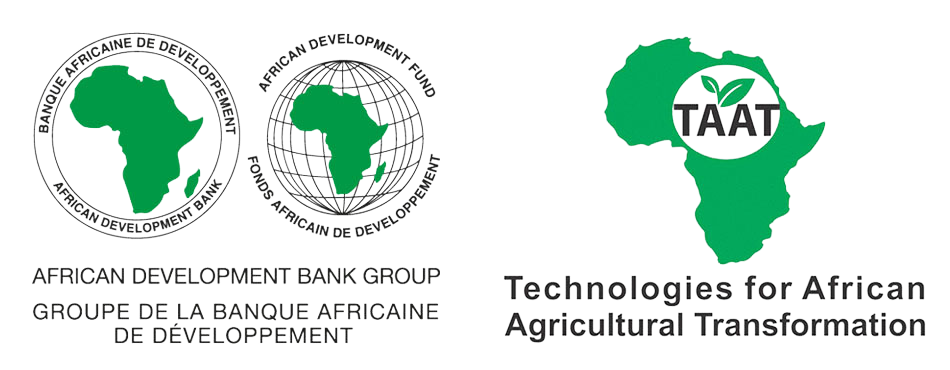

MahuWévi, the solution for aquaculture that sustainably feeds
The MahuWévi is an advanced oxygenation system designed to improve water quality in aquaculture ponds. It operates through micro-injections of pure oxygen delivered several times a day, with each injection lasting 5 to 10 seconds. A pump maintains a continuous water flow to the MahuWévi, where the water becomes enriched with oxygen before being redirected to the pond. This process ensures a high concentration of dissolved oxygen essential for fish health. The device is available in several models: Mini, Pro, and ProMax, with both standard and customized options.
This technology is validated.
Mini model
Lifespan
Pro Customized
ProMax Simple
ProMax Customized
High energy costs of imported oxygenation devices: Traditional oxygenation devices consume a lot of energy, raising production costs and making aquaculture less profitable.
High water requirements in traditional systems: Conventional aquaculture systems require large amounts of water, increasing resource consumption and costs.
Significant environmental discharges: Current aquaculture practices generate nitrogen and phosphorus discharges that can pollute local ecosystems.
Limited technology access for young and non-professional users: Existing systems are often complex to operate, discouraging new producers.
Reduced oxygenation costs: With its micro-injection of pure oxygen and continuous oxygenation process, the MahuWévi maintains high dissolved oxygen levels while reducing energy consumption, which lowers production costs.
Lower water requirements: This system reduces the need for fresh water by 50%, making production more water-efficient and feasible in areas with limited water availability.
Decreased pollutant discharge: The MahuWévi generates lower nitrogen and phosphorus waste, allowing for more environmentally friendly production. The waste can also be used as fertilizer to enrich soil, creating a beneficial ecological loop.
Ease of use for young and amateur fish farmers: The MahuWévi is simple to operate and doesn’t require advanced technical skills, making it accessible to young farmers, beginners, and small-scale fish farmers. It also supports at-home and peri-urban aquaculture.
Repurposing aquaculture water: Water enriched by aquaculture waste can be reused for crop cultivation, supporting integrated and sustainable production.
MahuWévi offers a cutting-edge solution to meet the growing demand for sustainable and profitable fish farming. Here’s a tailored guide to assess if integrating MahuWévi into your business is the right decision:
Adults 18 and over: Positive high
provides a scalable and affordable solution, enhancing livelihoods by enabling efficient fish farming with low energy and water costs.
The poor: Positive medium
lowers barriers to entry in aquaculture with a cost-effective and easy-to-operate system, fostering self-sufficiency and sustainable livelihoods.
Under 18: Positive high
empowers young people by offering a simple, low-risk technology that prepares them for employment and responsibility in aquaculture, fostering skills for the future.
Women: Positive medium
offers women an accessible, low-maintenance farming system that enhances economic opportunities and food security, particularly in rural and peri-urban areas.
Climate adaptability: Highly adaptable
ensures stable oxygen levels in water, promoting fish health even under stress from temperature and environmental fluctuations.
Farmer climate change readiness: Significant improvement
reduces water and energy usage, thus enhancing resilience against resource scarcity and climate-induced disruptions.
Biodiversity: Positive impact on biodiversity
minimizes environmental impacts, allowing for a healthier aquatic ecosystem and protecting local biodiversity by reducing harmful nitrogen and phosphorus discharges.
Carbon footprint: Much less carbon released
lowers the carbon footprint of fish farming, contributing to more sustainable aquaculture practices.
Environmental health: Greatly improves environmental health
educes pollution by minimizing waste discharge into water bodies, supporting healthier ecosystems, and reducing the need for costly water treatment.
Soil quality: Improves soil health and fertility
The nutrient-rich water produced by MahuWévi can be repurposed for crop irrigation, enhancing soil quality by providing essential nutrients for farming.
Water use: Much less water used
By cutting water usage by 50%, MahuWévi promotes efficient water management, making aquaculture more sustainable in regions with limited water resources.
Scaling Readiness describes how complete a technology’s development is and its ability to be scaled. It produces a score that measures a technology’s readiness along two axes: the level of maturity of the idea itself, and the level to which the technology has been used so far.
Each axis goes from 0 to 9 where 9 is the “ready-to-scale” status. For each technology profile in the e-catalogs we have documented the scaling readiness status from evidence given by the technology providers. The e-catalogs only showcase technologies for which the scaling readiness score is at least 8 for maturity of the idea and 7 for the level of use.
The graph below represents visually the scaling readiness status for this technology, you can see the label of each level by hovering your mouse cursor on the number.
Read more about scaling readiness ›
Uncontrolled environment: validated
Common use by projects NOT connected to technology provider
| Maturity of the idea | Level of use | |||||||||
| 9 | ||||||||||
| 8 | ||||||||||
| 7 | ||||||||||
| 6 | ||||||||||
| 5 | ||||||||||
| 4 | ||||||||||
| 3 | ||||||||||
| 2 | ||||||||||
| 1 | ||||||||||
| 1 | 2 | 3 | 4 | 5 | 6 | 7 | 8 | 9 | ||
| Country | Testing ongoing | Tested | Adopted |
|---|---|---|---|
| Benin | –No ongoing testing | Tested | Adopted |
| Côte d’Ivoire | –No ongoing testing | Tested | Adopted |
| Guinea | –No ongoing testing | Tested | Adopted |
| Mali | –No ongoing testing | Tested | Adopted |
| Niger | –No ongoing testing | Tested | Adopted |
| Senegal | –No ongoing testing | Tested | Adopted |
This technology can be used in the colored agro-ecological zones. Any zones shown in white are not suitable for this technology.
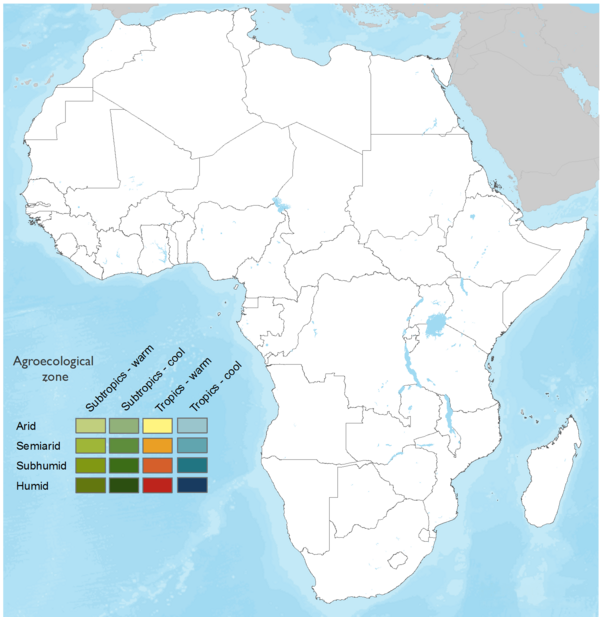
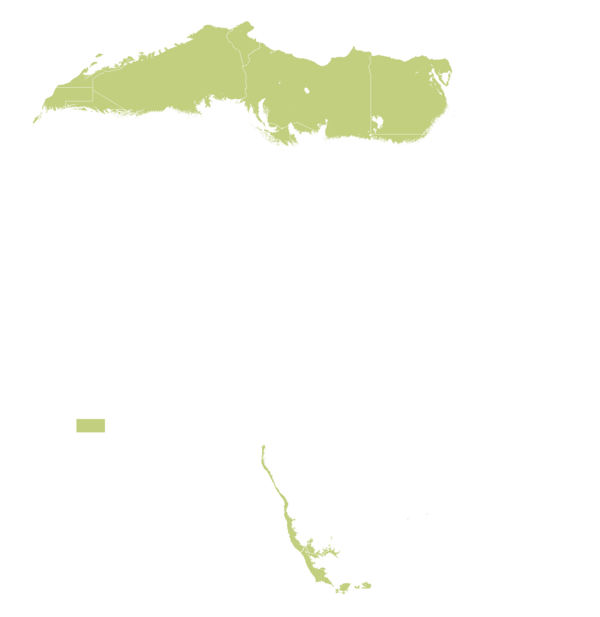

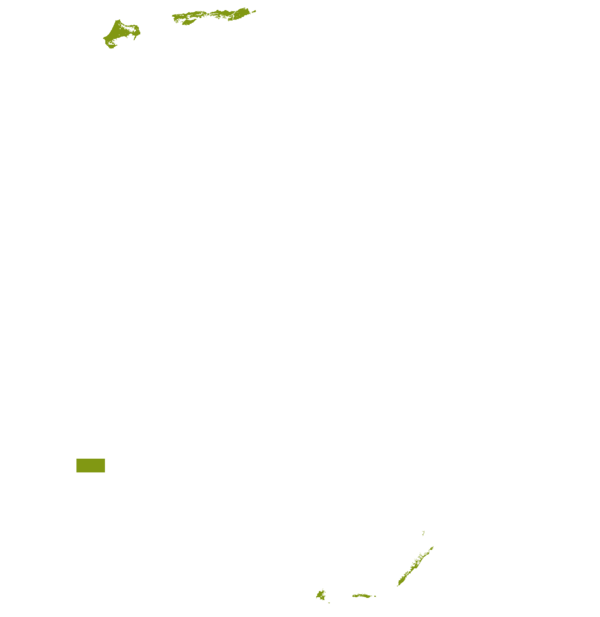
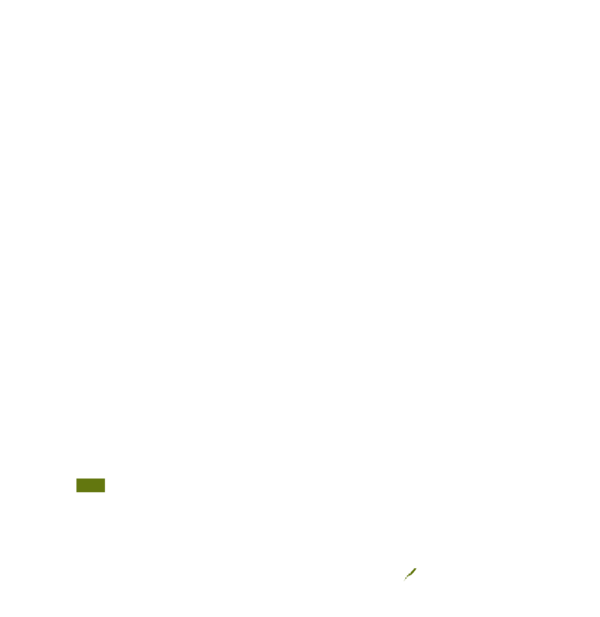

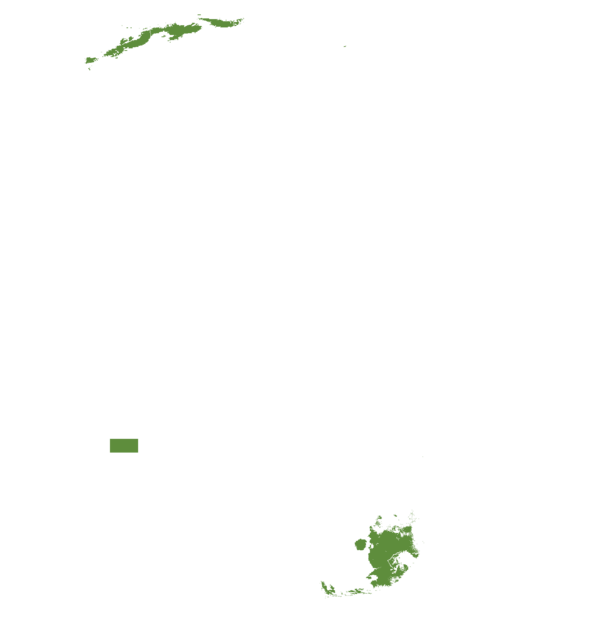
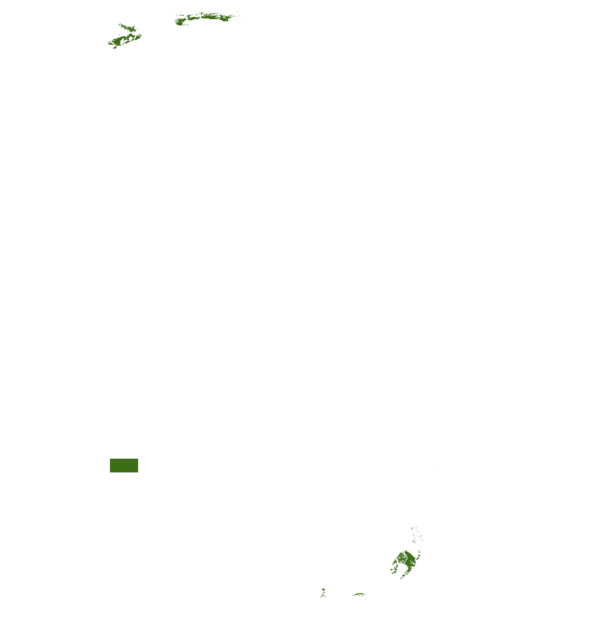
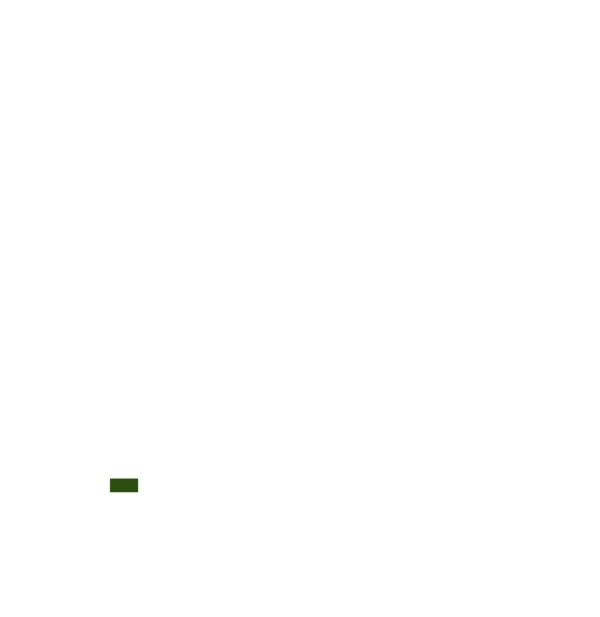
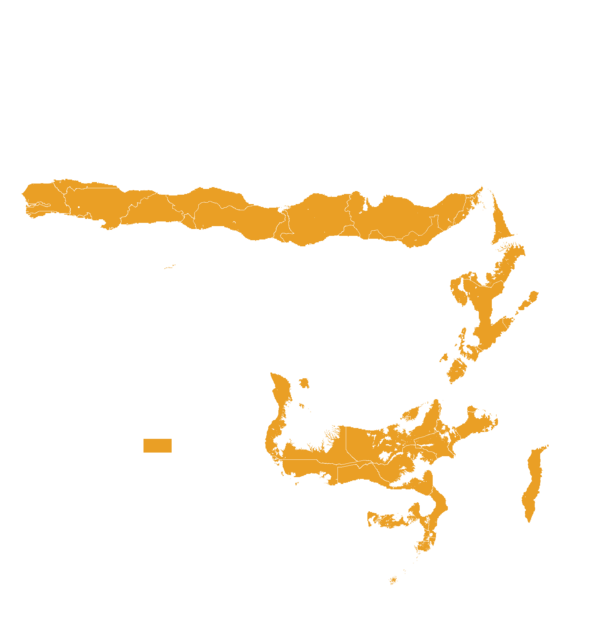
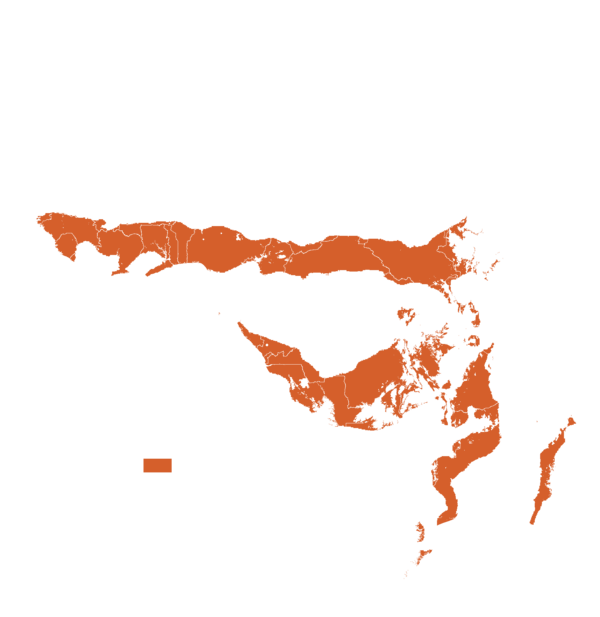

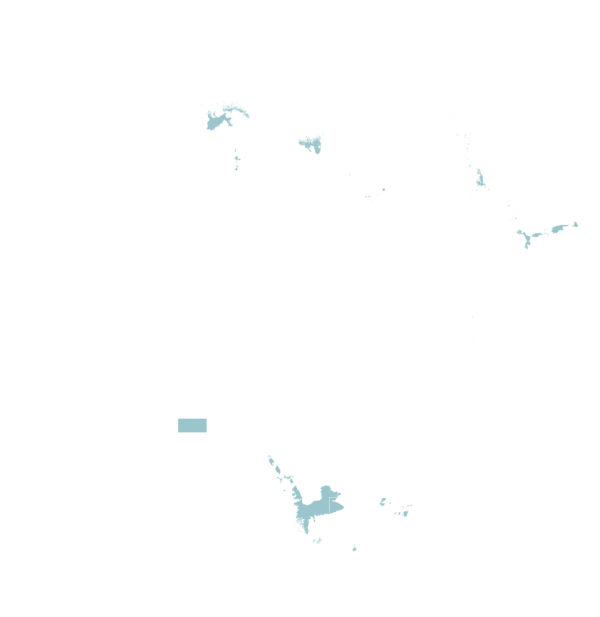

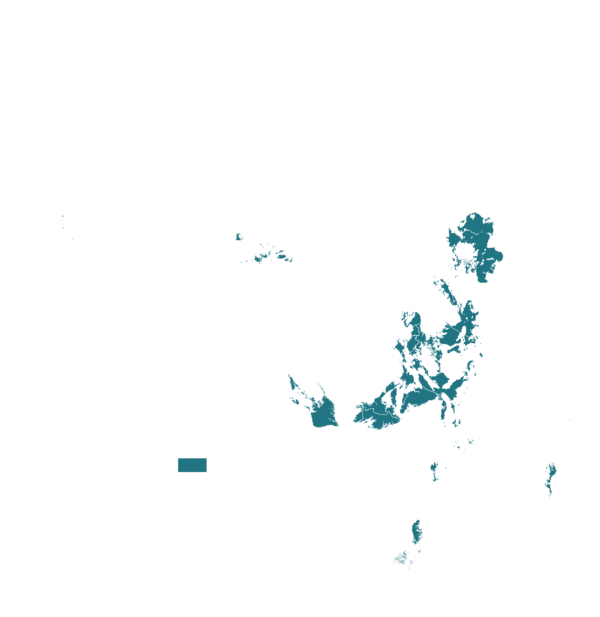
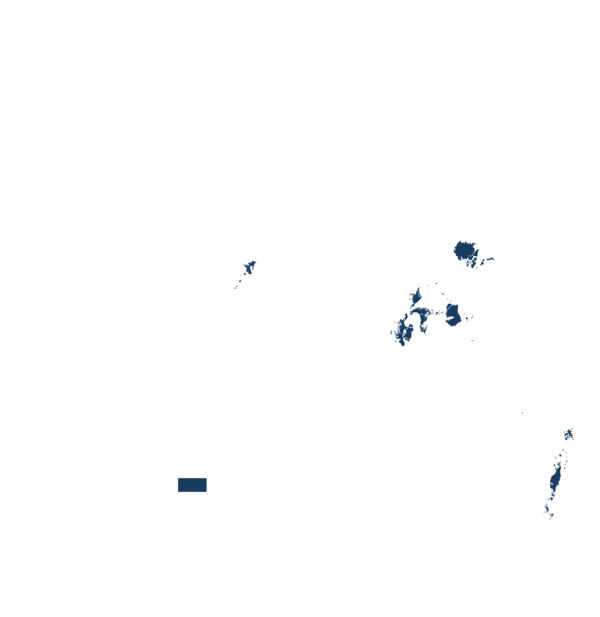
| AEZ | Subtropic - warm | Subtropic - cool | Tropic - warm | Tropic - cool |
|---|---|---|---|---|
| Arid | ||||
| Semiarid | ||||
| Subhumid | ||||
| Humid |
Source: HarvestChoice/IFPRI 2009
The United Nations Sustainable Development Goals that are applicable to this technology.
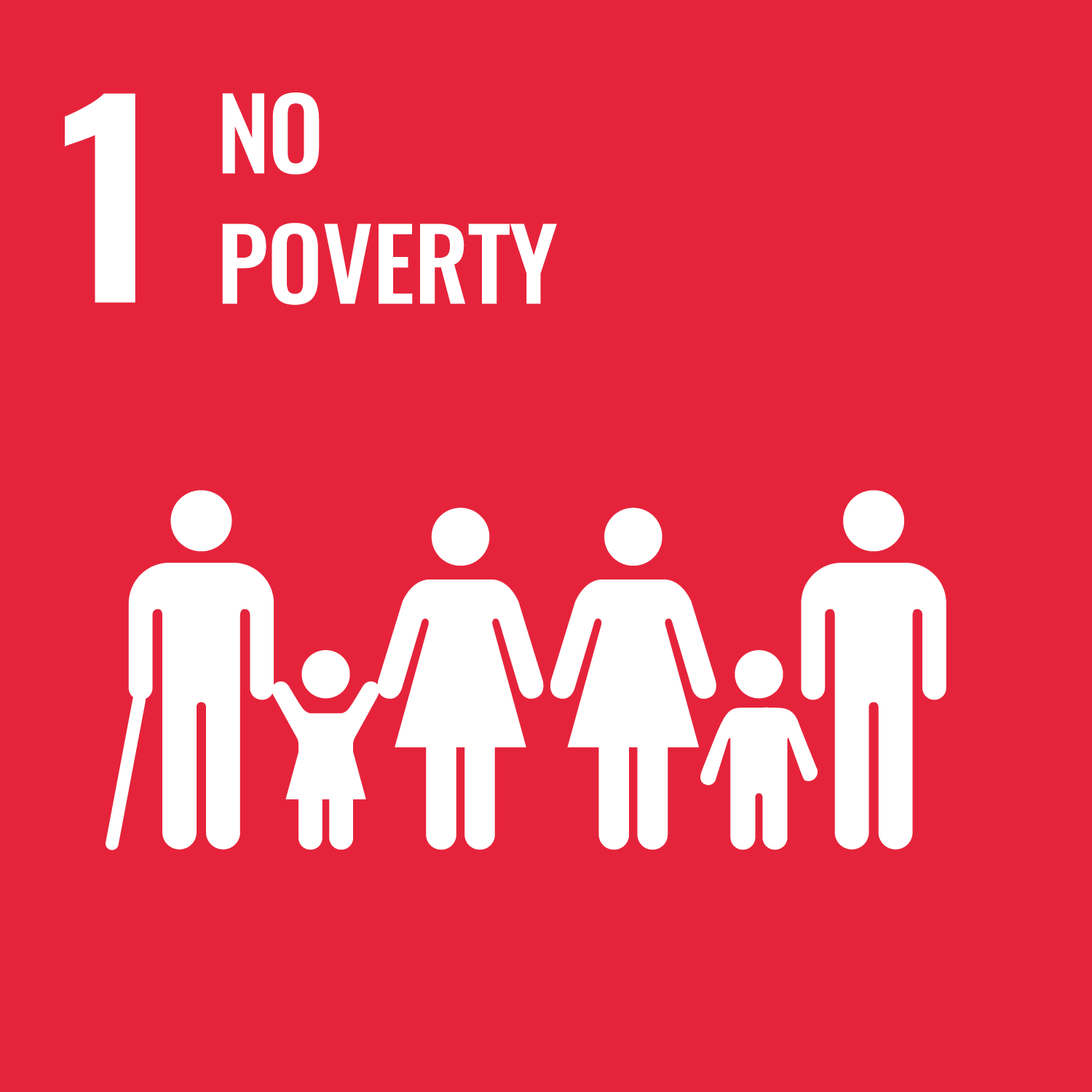
improves the profitability and sustainability of fish farming, helps small-scale farmers, especially in peri-urban areas, increase their income, providing economic opportunities for low-income communities.

increases fish production and optimizing resource use, enhances food security, contributing to more reliable and sustainable fish farming practices.
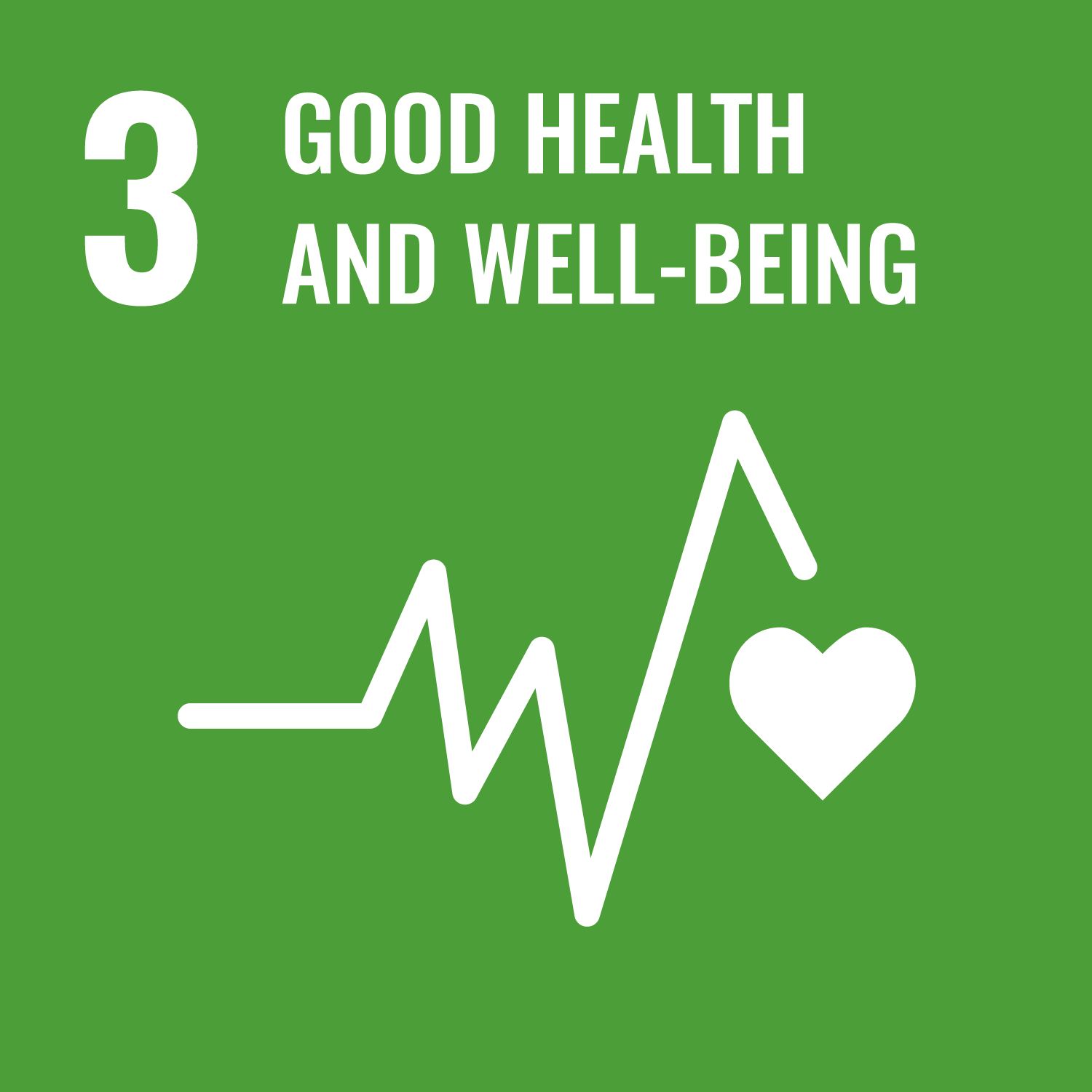
contribute to better nutrition and food security, supporting overall health and well-being.
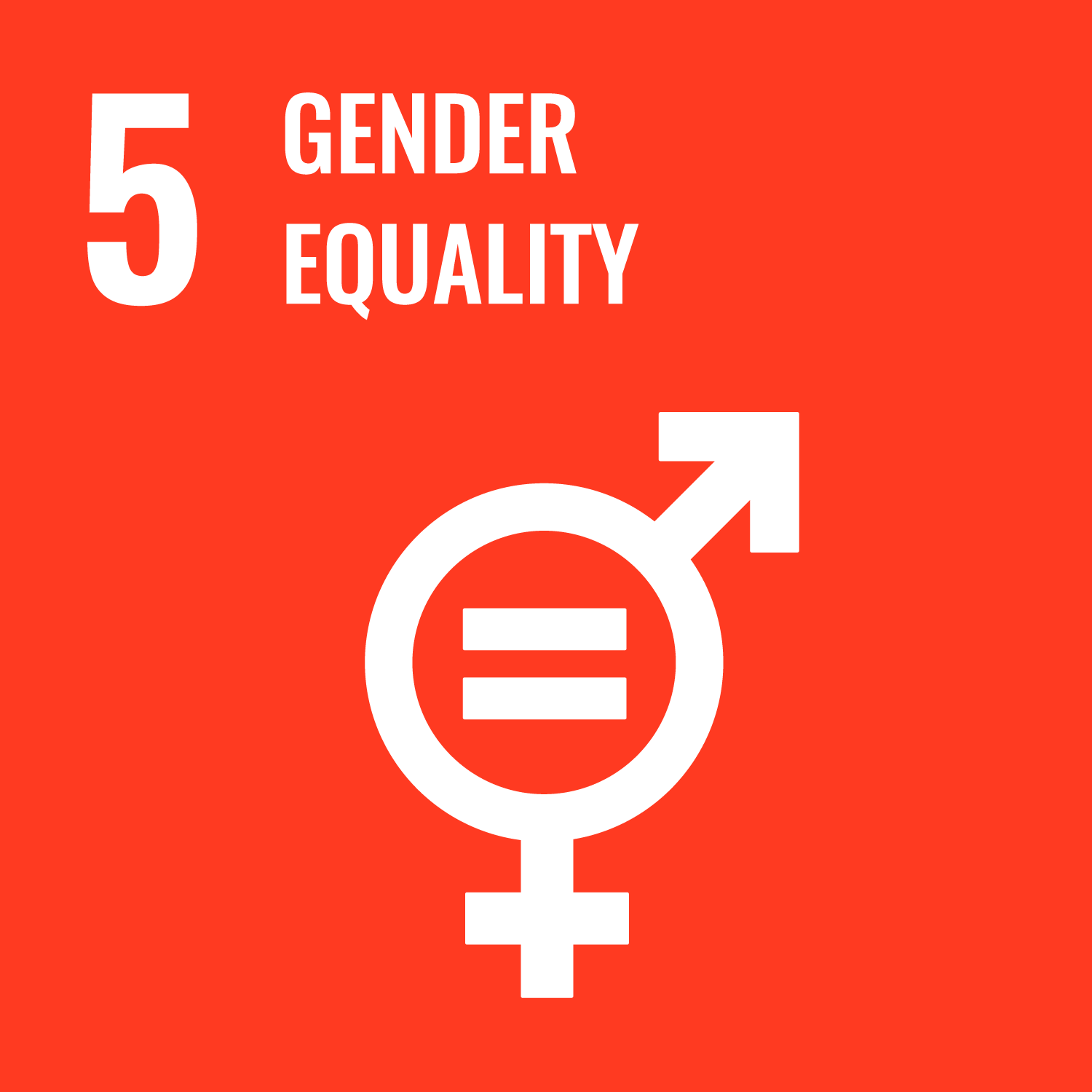
empowers women and youth, providing them with skills and income-generating opportunities, fostering gender inclusivity in the aquaculture sector.
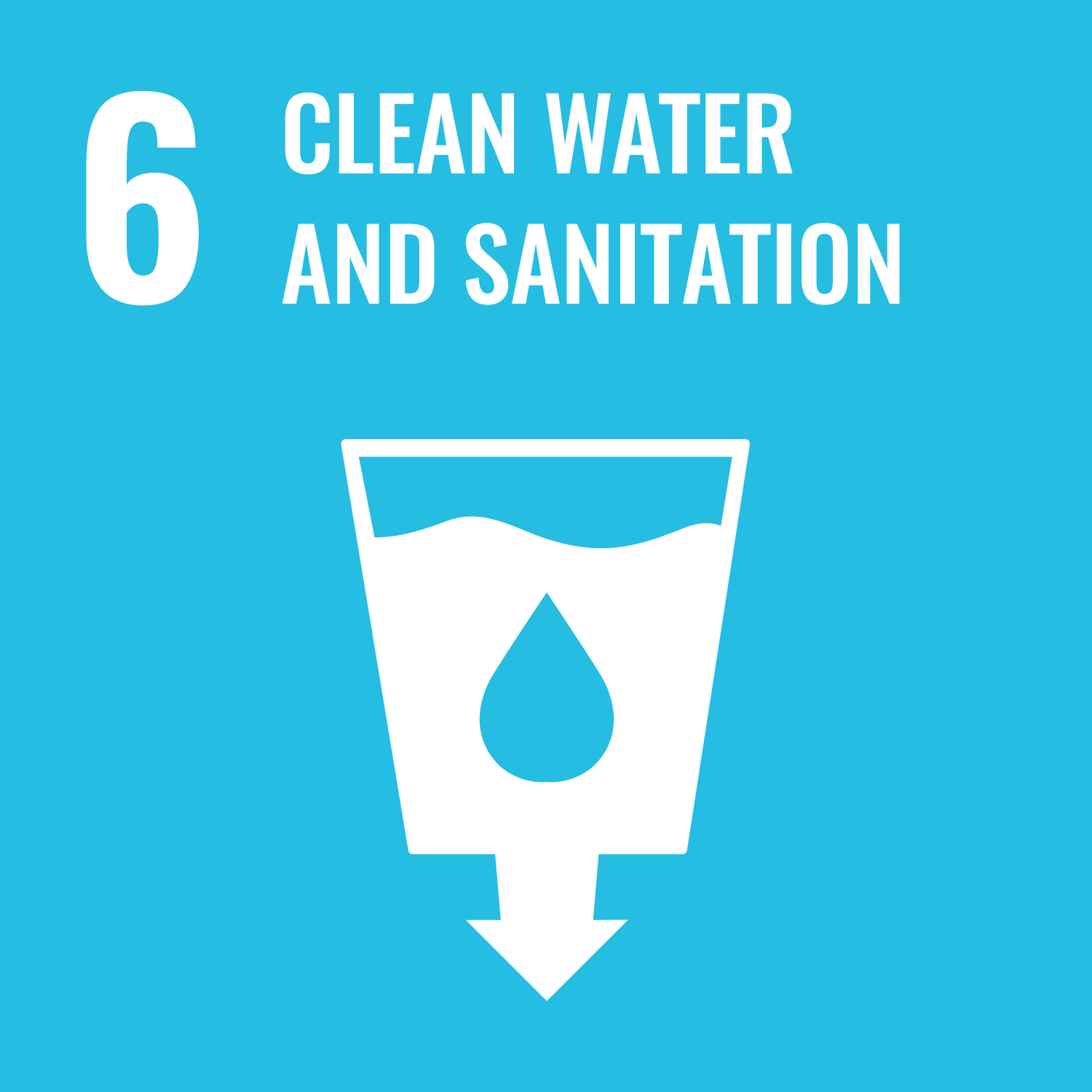
reduces water consumption by 50%, improving water use efficiency and ensuring cleaner water for fish farming, helping conserve precious water resources.
Setup and Installation
Daily Oxygenation Process
Regular Monitoring
Maintenance
Utilizing Wastewater
Last updated on 26 August 2025